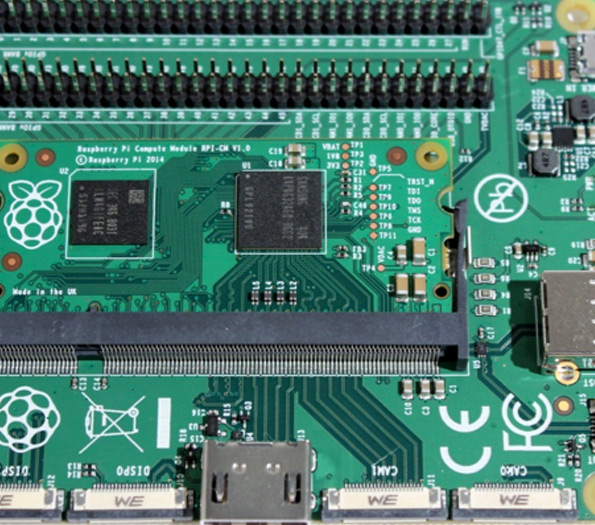

Exploring Low-E Glass Options A Guide to Energy Efficiency and Comfort
In recent years, the demand for energy-efficient building materials has surged, driven by an increasing awareness of climate change and rising energy costs. Among these materials, Low-E (low emissivity) glass has emerged as a popular choice for both residential and commercial applications. This article delves into the advantages of Low-E glass, the various options available, and its impact on energy efficiency and indoor comfort.
What is Low-E Glass?
Low-E glass is a type of energy-efficient glazing designed to minimize the amount of infrared and ultraviolet light that passes through it without compromising the amount of visible light transmitted. The key feature of Low-E glass is its special coating, which reflects heat back into the room during winter and protects against heat gain during summer. This coating can be applied to single, double, or triple-glass panes, significantly enhancing their thermal performance.
Benefits of Low-E Glass
1. Energy Efficiency One of the most significant benefits of Low-E glass is its ability to improve energy efficiency. By reducing heat loss in the winter and blocking excessive heat in the summer, homes and buildings equipped with Low-E glass can drastically lower their heating and cooling costs. Studies indicate that homes with Low-E windows can save up to 25% on energy bills compared to those with traditional double glazing.
2. UV Protection Low-E glass also offers excellent protection against harmful UV rays, which can fade furniture, flooring, and artwork over time. By blocking up to 97% of these rays, Low-E glass helps preserve the aesthetic appeal of interiors.
3. Enhanced Comfort With improved insulation properties, Low-E glass contributes to more consistent indoor temperatures. Homeowners will experience fewer drafts and hot or cold spots, creating a more comfortable living environment throughout the year.
4. Noise Reduction In addition to thermal benefits, Low-E glass can also help reduce external noise, making it an ideal choice for urban environments or busy streets. The additional layers of glass in double or triple glazing offer enhanced sound insulation, contributing to a quieter indoor atmosphere.

Types of Low-E Glass
When choosing Low-E glass, it’s essential to understand the various options available
1. Passive Low-E Glass This type of Low-E glass is optimized for cold climates. Its coatings allow maximum solar heat gain during winter while still reflecting back warmth during the summer.
2. Solar Control Low-E Glass Designed primarily for warm climates, solar control Low-E glass is engineered to minimize solar heat gain while still maximizing visible light transmission. This option is ideal for buildings that receive a lot of direct sunlight.
3. Low-E Coatings There are two primary types of Low-E coatings hard coat and soft coat. Hard coat Low-E glass is more durable and suitable for single-pane applications. In contrast, soft coat Low-E glass offers better thermal performance and is typically used in double or triple glazing.
Installation Considerations
When considering Low-E glass for your project, it's critical to consult with professional glaziers or builders who specialize in energy-efficient solutions. Proper installation is key to maximizing the benefits of Low-E glass. Factors such as frame materials, seals, and overall window design play a crucial role in the performance of the glass.
Conclusion
In a world increasingly focused on sustainability and energy efficiency, Low-E glass stands out as a smart choice for anyone looking to enhance their home or commercial building. With its numerous benefits—from energy savings and UV protection to improved comfort and noise reduction—it's no wonder that Low-E glass is gaining popularity among homeowners and builders alike. As you explore your options for Low-E glass, consider your specific needs and consult with experts to ensure you make the best choice for your environment. Embracing Low-E technology not only contributes to cost savings but also plays a significant role in promoting a greener planet.